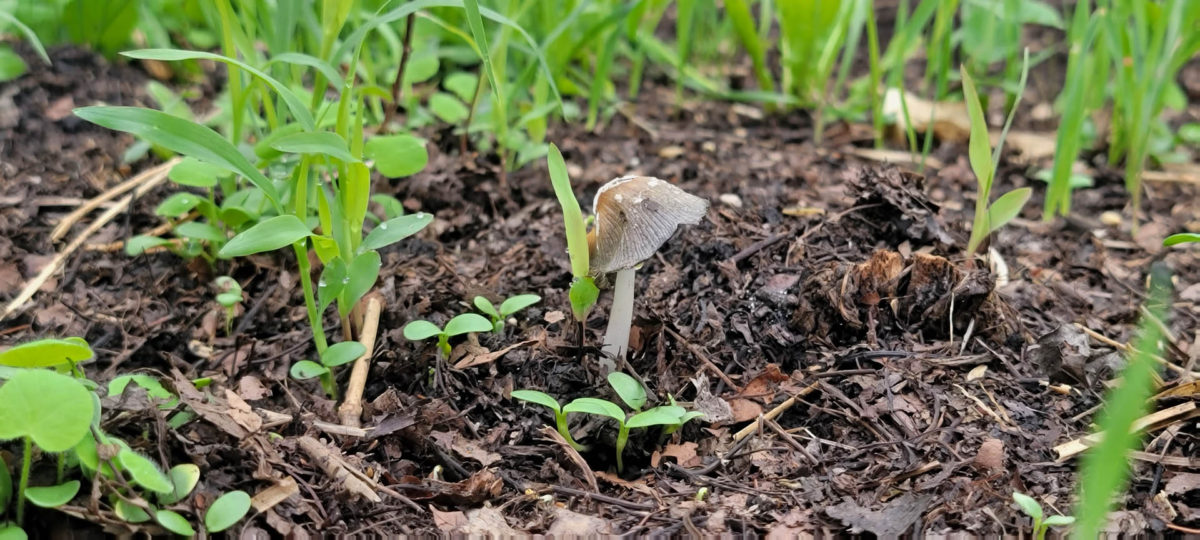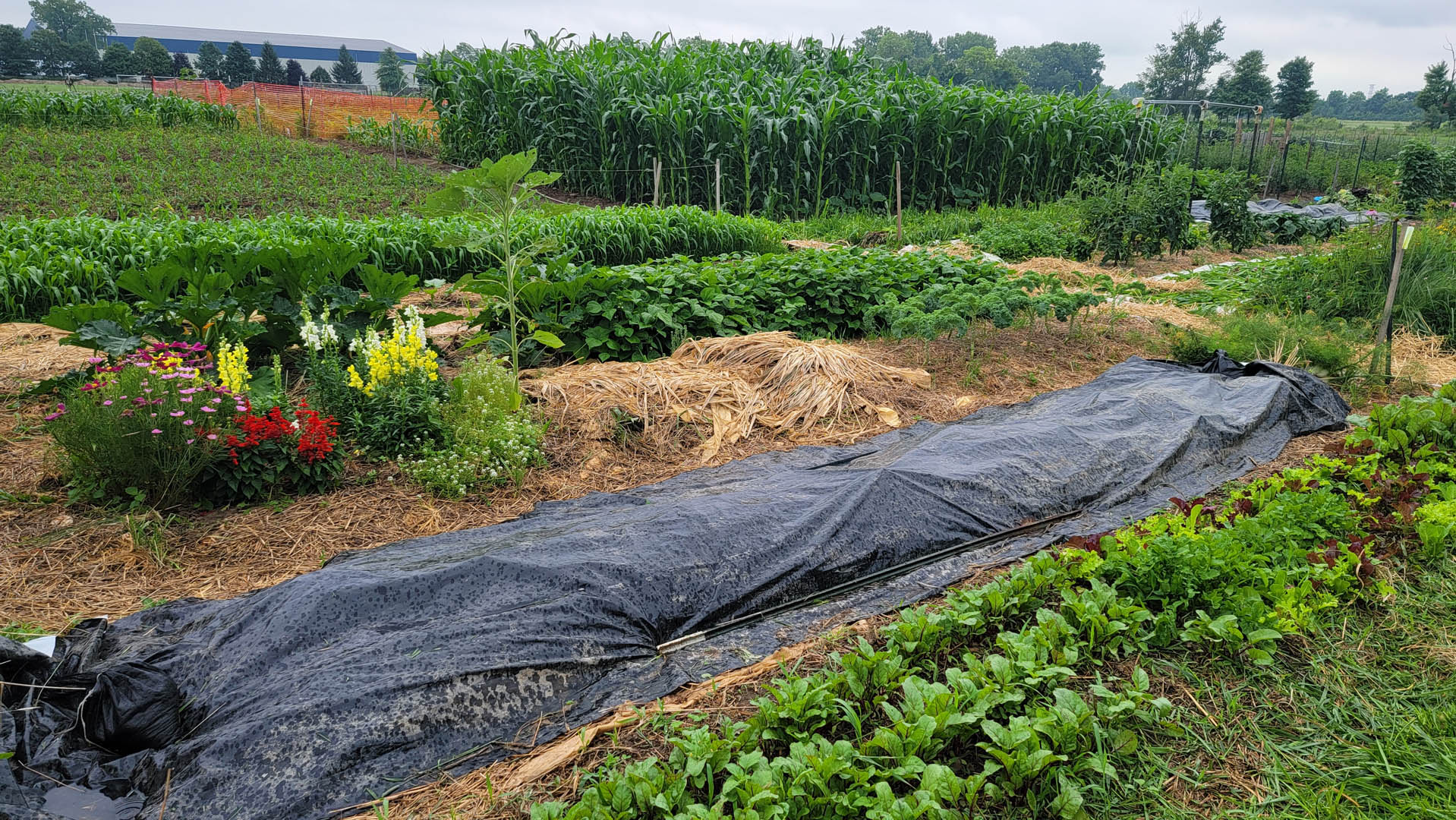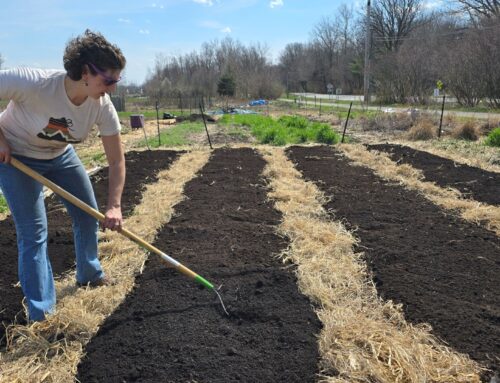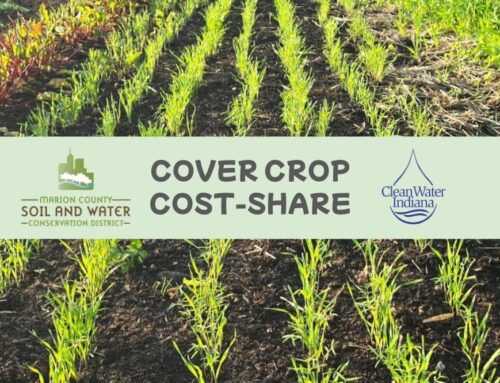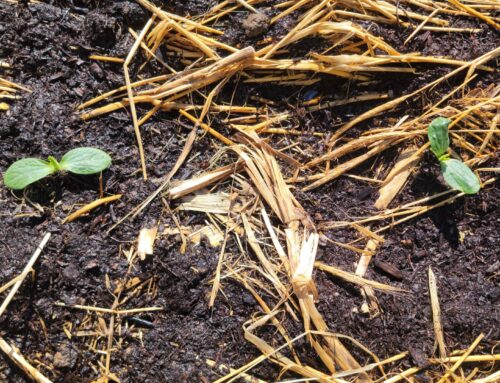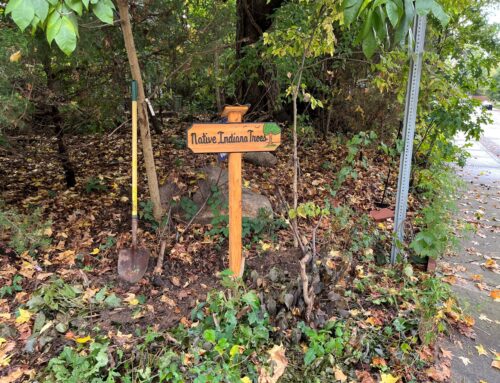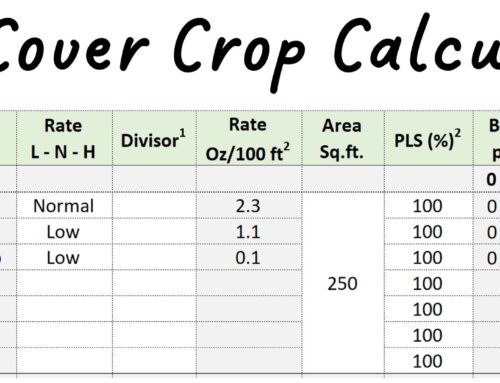by Kevin Allison, Soil Health Specialist
Fall 2021
This post demonstrates 3 strategies that I found to be particularly useful at the SWCD garden this year.
Cereal Rye > Bush Beans
In the fall, I plant a cereal rye cover crop on beds that are planned to be planted with bush beans the following year. A big benefit of cereal rye is that it can be planted later than most cover crops, but I try to get it planted as early as possible as earlier seedings are often quicker at gaining biomass in the spring. Cereal rye can get tall, which is what I am looking for with this no-till approach. While it is possible to crimp or mow a cereal rye cover crop at anthesis to terminate it, I recommend additional measures to ensure termination of any weeds and the rye itself, whether it be tarping, mulching up, or both. This is also allows me to kill the cereal rye before it reaches the growth stage in which the grain head is shedding pollen. I press the cover crop over with my foot in one direction and then tarp it for 3 to 4 weeks. I then uncover the tarp and direct seed the bush beans. So if I aim to plant beans on May 15th, I will press the cover crop over and tarp one month earlier, around April 15th. If I were to transplanting a crop into this bed, my preference would be to follow the same approach but also mulch up with materials such as a mulching compost, straw, or hay (free of weed seeds). If direct seeding beans, I don’t mulch up. Instead, I use a trowel to create a slit in the soil under the crop residue and place the seed by hand. A jab seeder style planter could be efficient on a larger scale. My community garden neighbors would just use a stick to punch a hole. I’ve tried to rip furrows through this kind of cereal mulch with a pointed hoe, but this process can be difficult with the large amount of residue, and the soil disturbance leads to unwanted seed germination. The low disturbance jab planting method of large seeded crops like bush beans into a fully terminated cereal rye cover crop, in my experience, is a great crop sequence. I enjoyed the weed suppression and soil armor and only had to lightly spot weed throughout the season.
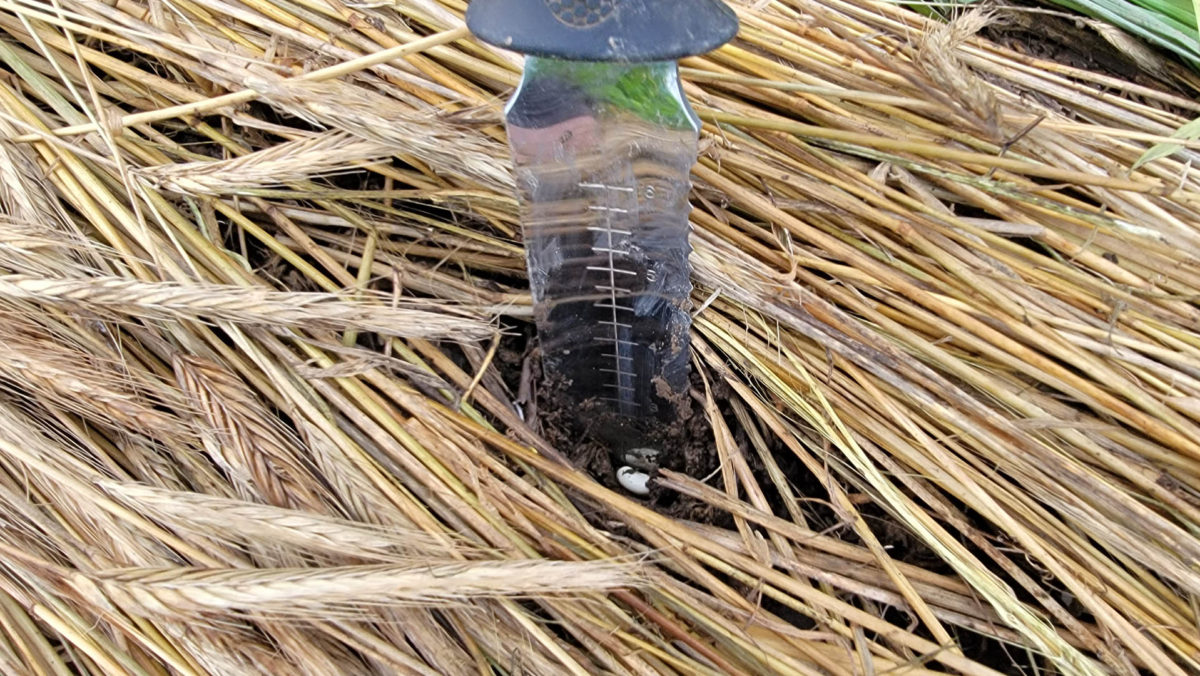
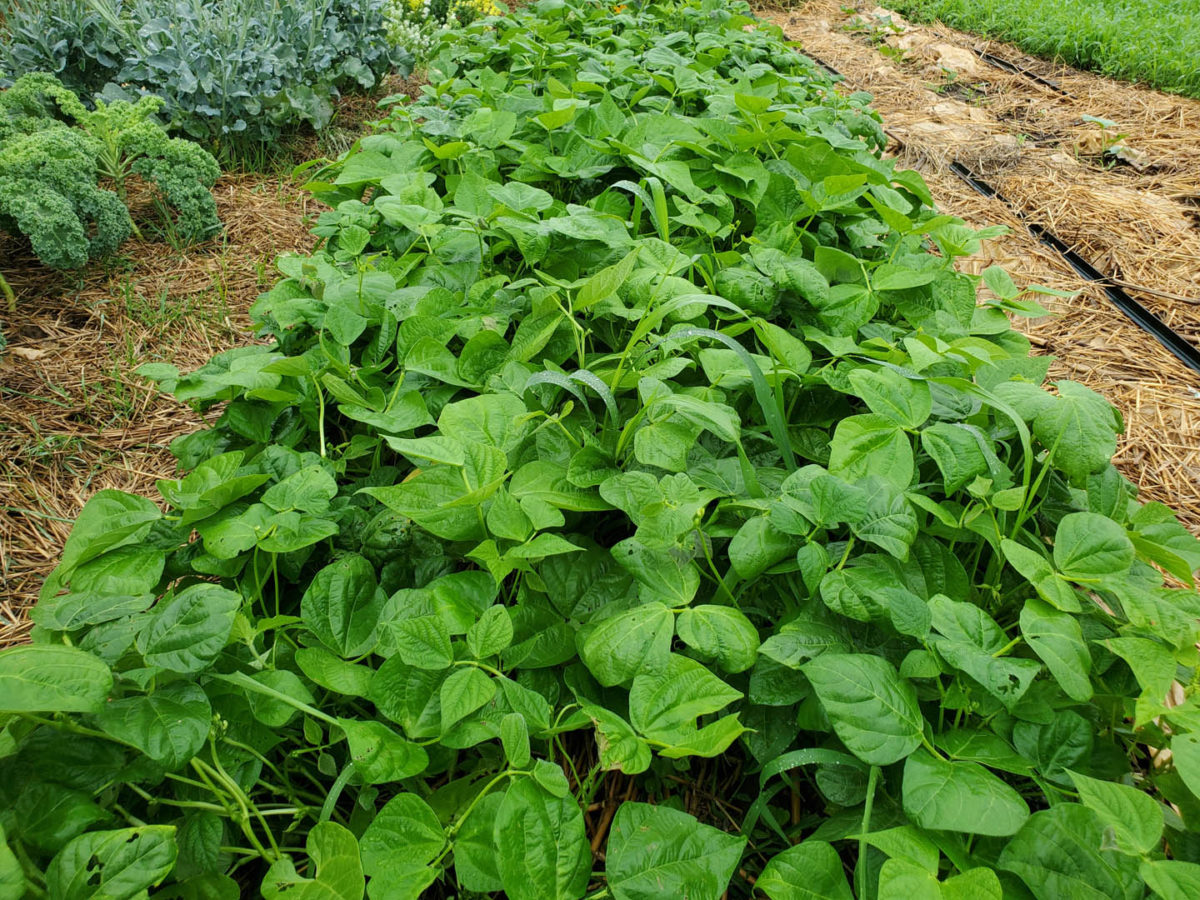
Sorghum Sudangrass > Fall Lettuce
Sorghum sudangrass, like cereal rye, is a high biomass cover crop, meaning that it gets big! But sorghum sudangrass is a summer cover crop, whereas cereal rye is often planted in fall. If left alone, sorghum sudangrass can get really tall and eventually go to seed (maybe not good in a vegetable garden) or winterkill before producing seed. I often use sorghum sudangrass in my “hay field”, or the area behind my garden in which I grow extra mulch. If you take a cutting of sorghum sudangrass, it will grow right back. I also use this cover crop in beds with vegetable rotations. This year, I finished harvesting a bed of spinach in June and then planted sorghum sudangrass and an assortment of clovers (crimson, berseem, balansa) to set up a fall planting of lettuce into the mulch. In mid August, I weed whacked the cover crop down close to the soil surface and tarped the bed for 2 weeks. I then removed the tarp and transplanted lettuce into the dead cover crop mulch. Seeding lettuce into sorghum sudangrass mulch could prove challenging. For seeding, I might recommend removing the sorghum sudangrass from the mix and focusing on low biomass cover crops that you could terminate and then easily rake away. Transplanted lettuce into sorghum sudangrasss worked well, and I was glad to have the soil cover and moisture retention in the heat of early September.
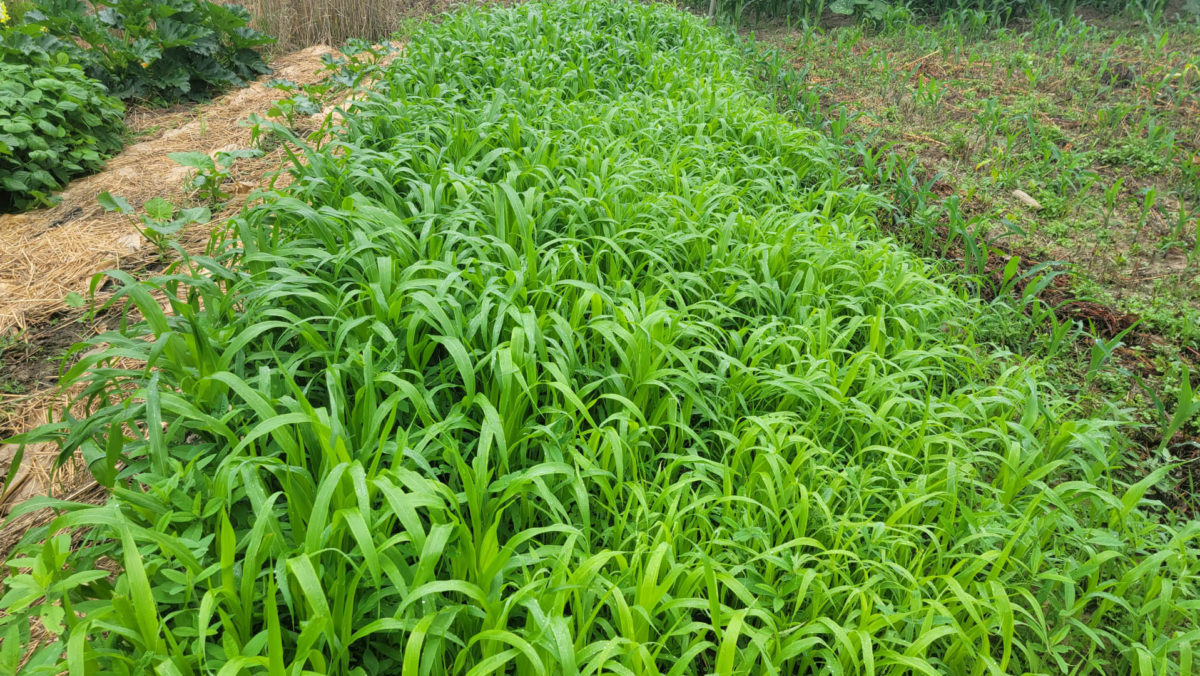
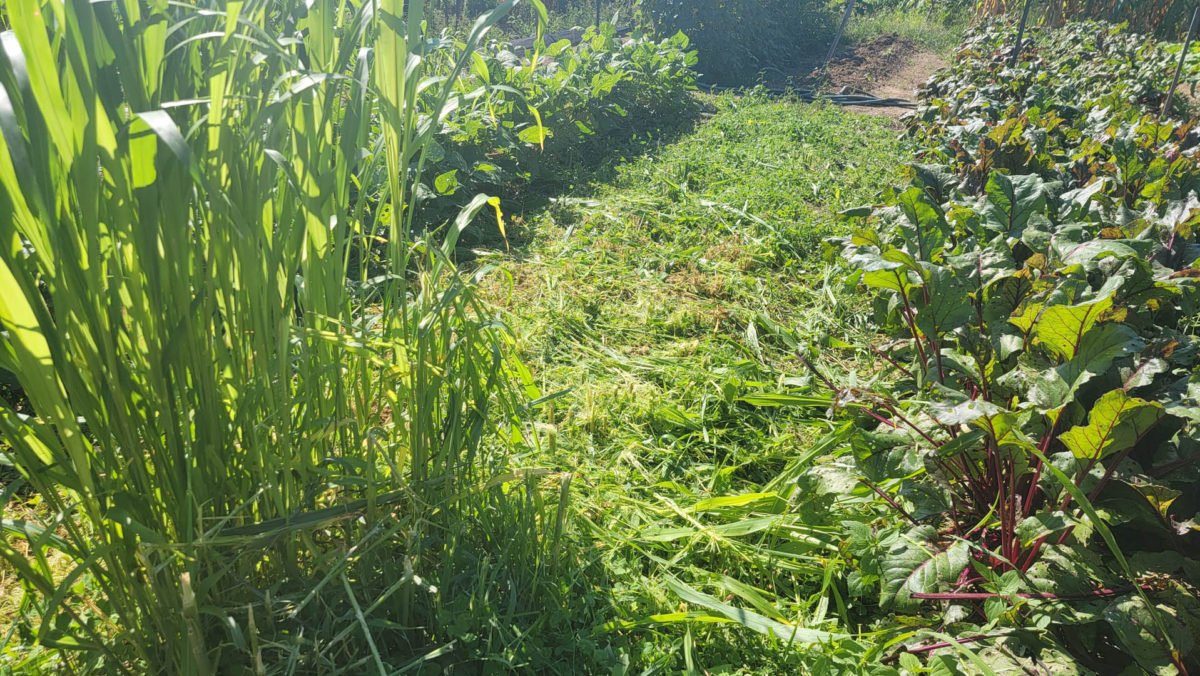

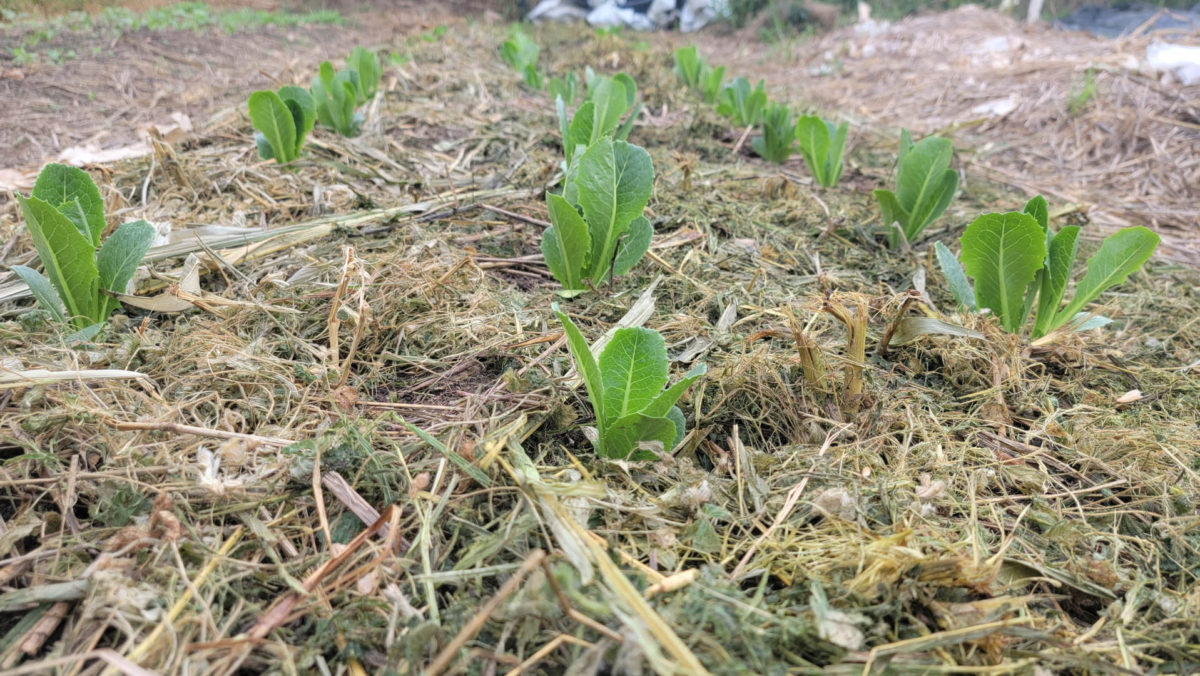

Using Broken Down Leaf Compost when Seeding a Cover Crop
The last thing I want to mention on this post is the benefit of utilizing a light layer of broken down leaf compost to help establish a cover crop. When looking at cover crop tables, you’ll notice that each species has a preferred “planting depth”. Many of the small seeded covers are better suited for shallow seedings, whereas larger seeds like field peas prefer more depth. While both options are possible, a cover crop that is planted at its proper depth will generally be more successful than seed that is broadcast on top of the soil. While some soil disturbance might be worthwhile to get the cover crop seeded, my preference is to not do that. So in comes compost. Top dressing the bed with a light layer of broken down leaf compost (1/4 inch in my case) allowed me to broadcast the cover crop and lighty rake the compost to shake the seed down to the soil for depth and “seed to soil contact”. I experimented with varying thicknesses of leaf compost, and while I know there are a lot of “depends” in these scenarios, in my context, the thick leaf mulch (~3″) did not lend itself to good germination. I also used a wide board to press the compost down in order to ensure even more seed to soil contact. I found the compost to be particularly helpful after high residue crops like corn. I harvested the corn, chopped it down, tarped it for a few weeks, added compost, and seeded the cover crop. To tie all this back to soil health, if you look closely, the picture below shows fungi and cover crops growing next to a decomposing broccoli stump. My goal is to harness that biology.

